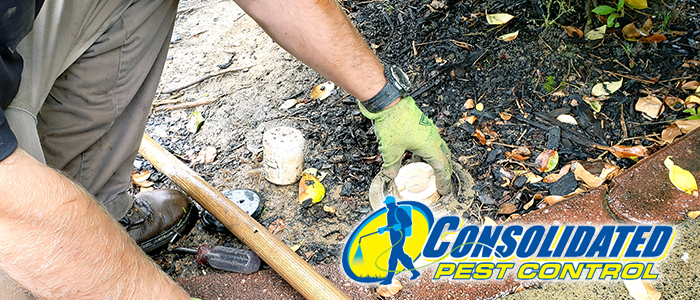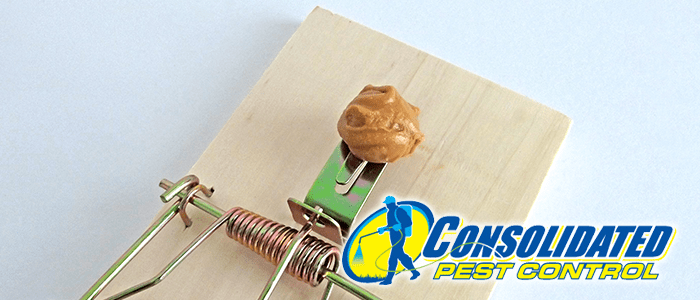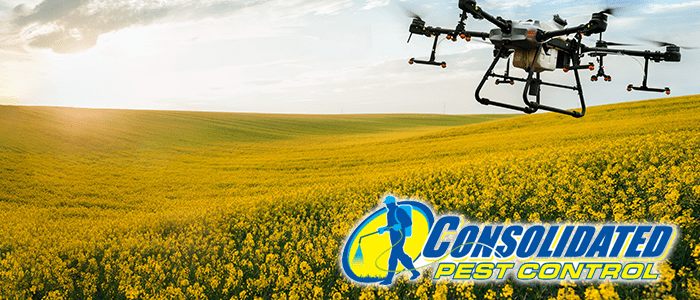
How Does Termite Control Work?
Termites are scary. You know, and I know it – They’re a level above ants for most people. But, considering the structural damage they can cause, that’s a good place to put them. After all, unless you see them, you never know the kind of damage they’re causing at any given moment. The good news is if you’re noticing a stray termite here and there, your house isn’t going to fall on top of you any time soon. The bad news is if you’ve seen one, you do have more. Even mild infestations can cause damage to your home. This can result in thousands of dollars of repair costs. So, once you’ve started seeing termites, it’s time to act.
But what do you do about termites? What kind of damage can they cause? Let’s go over the basics first.
A Quick Refresher on Termites
Though some people call termites “white ants,” termites aren’t related to ants! This might come as a shocker. Termites are a part of the order Blattodea, which is the same order as cockroaches. That’s right: Termites are cockroaches. Granted, they’re a very specialized, unique, distant variety of cockroaches… But it informs their behavior a little better than thinking of them like ants. That’s not to say there aren’t similarities.
Termites are social insects that have a single egg-laying queen. They live in large colony tunnels with thousands of individual workers. Like ants, there are workers and soldiers. The soldiers have curious, elongated heads to protect the colony from ants. There are also queens, and unlike ants, kings. The queen and king are usually the only reproductive termites in a colony. But there can be secondary queens as well. The most dangerous termites come up from underground, and you may notice them on the floor first. Cabinets close to the floor are also the first places people see termites. Beyond this, door frames and mop boards are other places to look.
How to Get Rid of Termites
One of the most effective ways to get rid of termites is to use poisoned bait. Some bait stations poison the bodies of the termites. This allows them to spread the poison from termite to termite even if they don’t share food. Termites do share food, though. Like ants, termites pass food between their mouths. They even feed their queens this way. Unfortunately, once the queen is dead, so is the colony. The rest of the termites will lose direction and die before long once the queen is gone.
Sprays tend to be less effective than attractive bait. Poisoned sprays may kill termites in one area, but they spread the problem. Termites are savvy enough to know to run from poisons. They also adopt defensive postures if a termite doesn’t make it back home. Because termites are always hunting for food, they will eventually find the bait. Unlike ants, termites form broader hunting grounds. The behavior seen in ants where they follow a single path to a single food source isn’t present as often here. Instead, they prefer to find multiple food sources.
So, how do you kill termites? Go for the colony. Termite control involves first killing the entire colony. Then, it would help if you took protective measures to prevent new termites from moving in. During their mating season, flying termites spread far and wide. For severe infestations, always call the pros. Even if your bait appears effective, call in a pro. Termites can cause damage resembling heavy water damage. Collapsed floors and stairways can occur, resulting in thousands of dollars of damage.
Don’t guess. Know that your termites are gone for good. Call Consolidated Pest Control today.








